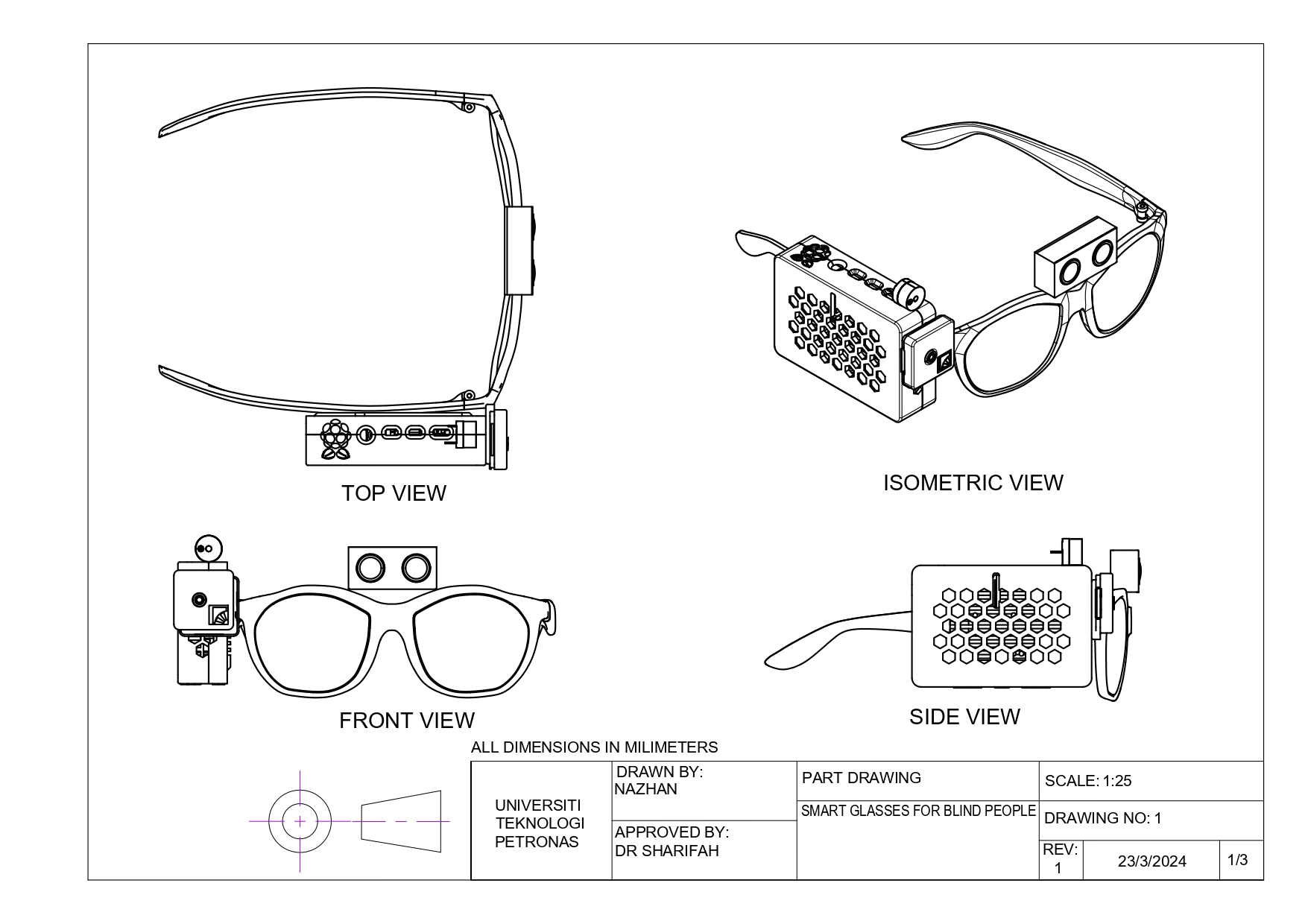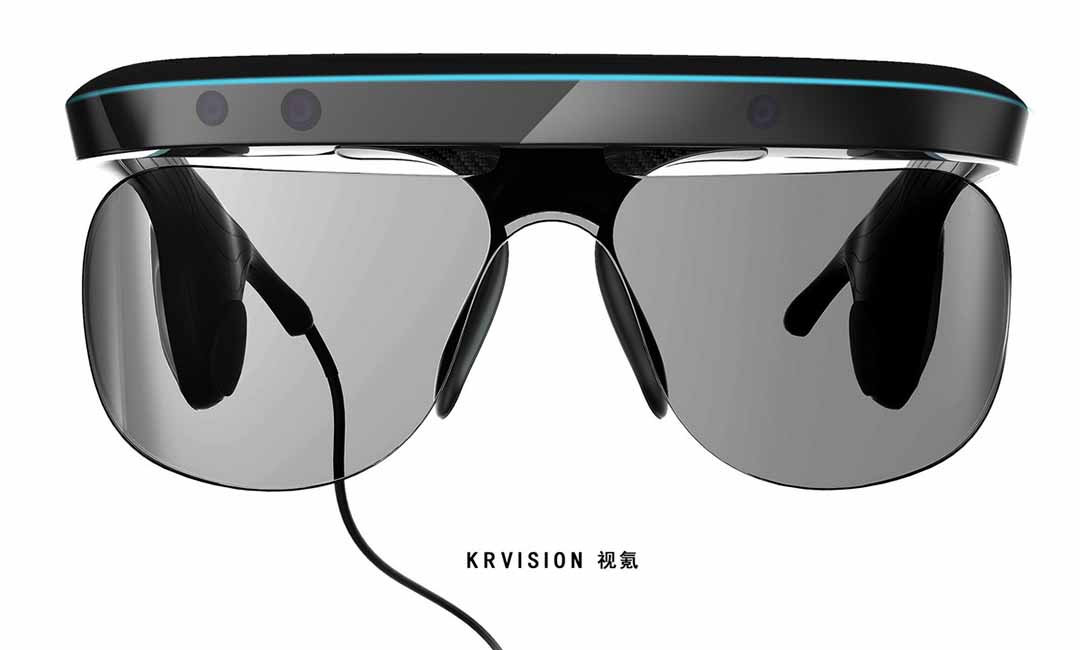OCR Devices for the Blind: Breaking Barriers with Optical Character Recognition
Empowering Self-reliance With Assistive Innovation for the Blind
The assimilation of assistive innovation for people who are visually impaired or blind represents a significant innovation in fostering self-reliance and enhancing lifestyle. With a series of devices-- from display readers to ingenious tactile tools-- these innovations not just help with navigating and communication however also advertise social addition and engagement in numerous elements of life. As we discover the diverse kinds of assistive tools and their real-world applications, it ends up being clear that the influence is profound. The development of this innovation raises crucial inquiries regarding access and future developments that call for further assessment.
Comprehending Assistive Innovation
Although assistive modern technology has developed considerably over the years, its essential function stays the very same: to improve the quality of life for individuals with specials needs, specifically those that are blind or aesthetically damaged. This technology incorporates a broad variety of tools and tools that help with freedom and capability in day-to-day tasks.
Assistive modern technology can be categorized into modern and low-tech services, each created to meet particular demands. Modern devices commonly include software applications, specialized equipment, and flexible devices that make use of innovative innovation to provide assistance in different contexts. Conversely, low-tech remedies may include day-to-day products that are customized to improve ease of access, such as magnifiers or tactile markers.
The combination of assistive modern technology into the lives of people that are blind or aesthetically impaired not just advertises autonomy however likewise cultivates social addition and involvement in specialist and educational environments. By leveraging these modern technologies, customers can browse their environments, access info, and connect efficiently, thus improving their total lifestyle. Recognizing assistive technology is vital for advocates, experts, and caregivers who intend to sustain people in optimizing their potential and accomplishing higher self-reliance.
Sorts Of Assistive Devices
Assistive tools for the visually impaired and blind are vital devices that improve daily living by addressing certain difficulties run into by individuals. These devices can be broadly classified right into three major types: optical tools, electronic tools, and sensory devices.

Sensory gadgets, such as Braille display screens and responsive maps, provide alternate means to obtain details. Braille presents transform electronic message right into Braille, making it possible for users to review touch. Tactile maps provide spatial understanding with increased appearances and lines, permitting far better ecological recognition.
With each other, these assistive tools encourage people with visual disabilities to involve more fully with their surroundings, promoting greater freedom and self-confidence in everyday activities.

Influence On Daily Life
The assimilation of assistive modern technology right into the every day lives of individuals that are blind or visually damaged dramatically enhances their capability to navigate and connect with the globe around them. Instruments such as display readers, Braille presents, and mobile applications promote accessibility to details, enabling users to involve with digital material, communicate effectively, and manage daily jobs independently.
In addition, technologies like clever glasses and navigating apps give real-time support in unknown settings, boosting movement and self-confidence. These tools make it possible for individuals to determine obstacles, reviewed signs, and also recognize faces, hence cultivating a sense of freedom in public spaces. Furthermore, home automation systems, which can be controlled via voice commands, enable people to manage their living atmospheres more effectively, improving convenience and safety.
The effect of assistive technology prolongs past useful jobs; it advertises social addition and psychological well-being. By bridging the space in between individuals and their environments, these technologies empower individuals to participate fully in neighborhood tasks, seek educational chances, and involve in meaningful connections. Inevitably, the improvement of assistive modern technology contributes in redefining the possibilities for people that are visually impaired or blind, resulting in an extra inclusive and available society.
Success Stories and Testimonials

One more powerful review comes from Mark, a current university graduate who more info here utilized screen analysis software application throughout his academic journey. This modern technology allowed him to accessibility training course materials and get involved in conversations, eventually leading to his effective shift right into the workforce. Mark credits assistive modern technology for equipping him to achieve his career objectives, highlighting its role in leveling the having fun field for people with aesthetic impairments.
In addition, recreation center have reported increased engagement in their programs thanks to the intro of easily accessible digital systems. These platforms have actually made it simpler for individuals to attach, share resources, and assistance one another. These success tales collectively emphasize the profound result of assistive innovation in cultivating independence, enhancing lifestyle, and breaking down barriers for the blind and aesthetically impaired area.
Future Trends in Assistive Tech
Arising technologies are positioned to transform the landscape of assistive technology for people who are blind or aesthetically impaired. Technologies in synthetic knowledge (AI) and artificial intelligence are improving the abilities of gadgets, allowing more user-friendly individual experiences. AI-driven applications are significantly able to check out and acknowledge things message out loud in real-time, giving customers with useful details concerning their environments.
In addition, improvements in wearable modern technology are developing brand-new chances for self-reliance. Smart glasses geared up with augmented reality features can overlay crucial information onto the customer's field of vision, helping with navigating and interaction with the atmosphere. Additionally, the assimilation of Web of Things (IoT) tools is enhancing availability in try this site wise homes, enabling customers to manage appliances and obtain notifications via voice commands or tactile interfaces.
The growth of braille displays and responsive feedback systems is likewise increasing, read promoting accessibility to digital material and enhancing interaction. As these innovations remain to evolve, they guarantee to improve daily living, instructional opportunities, and employment potential customers for people with visual disabilities. Continual collaboration between engineers, customers, and advocacy teams will certainly be vital in ensuring these advancements satisfy the demands of the community efficiently.
Verdict
Finally, assistive modern technology plays a critical role in improving the self-reliance of people who are blind or aesthetically damaged. By giving crucial tools and resources, these innovations promote boosted interaction, navigating, and access to details, thereby fostering autonomy and self-confidence. The transformative impact of assistive gadgets not just advertises efficient interaction with the environment however additionally urges social addition and engagement in different elements of life, eventually equipping users to flourish within their neighborhoods.
The assimilation of assistive modern technology for people who are visually damaged or blind stands for a substantial innovation in cultivating freedom and improving high quality of life.The integration of assistive modern technology right into the lives of people who are blind or aesthetically harmed not only promotes autonomy but additionally fosters social incorporation and involvement in expert and educational settings. Eventually, the improvement of assistive modern technology is important in redefining the opportunities for individuals that are blind or aesthetically impaired, leading to a much more inclusive and easily accessible society.
Several individuals that are blind or visually impaired have shared motivating success stories that highlight the transformative impact of assistive technology on their lives.In verdict, assistive technology plays a crucial function in boosting the freedom of individuals that are blind or visually impaired.